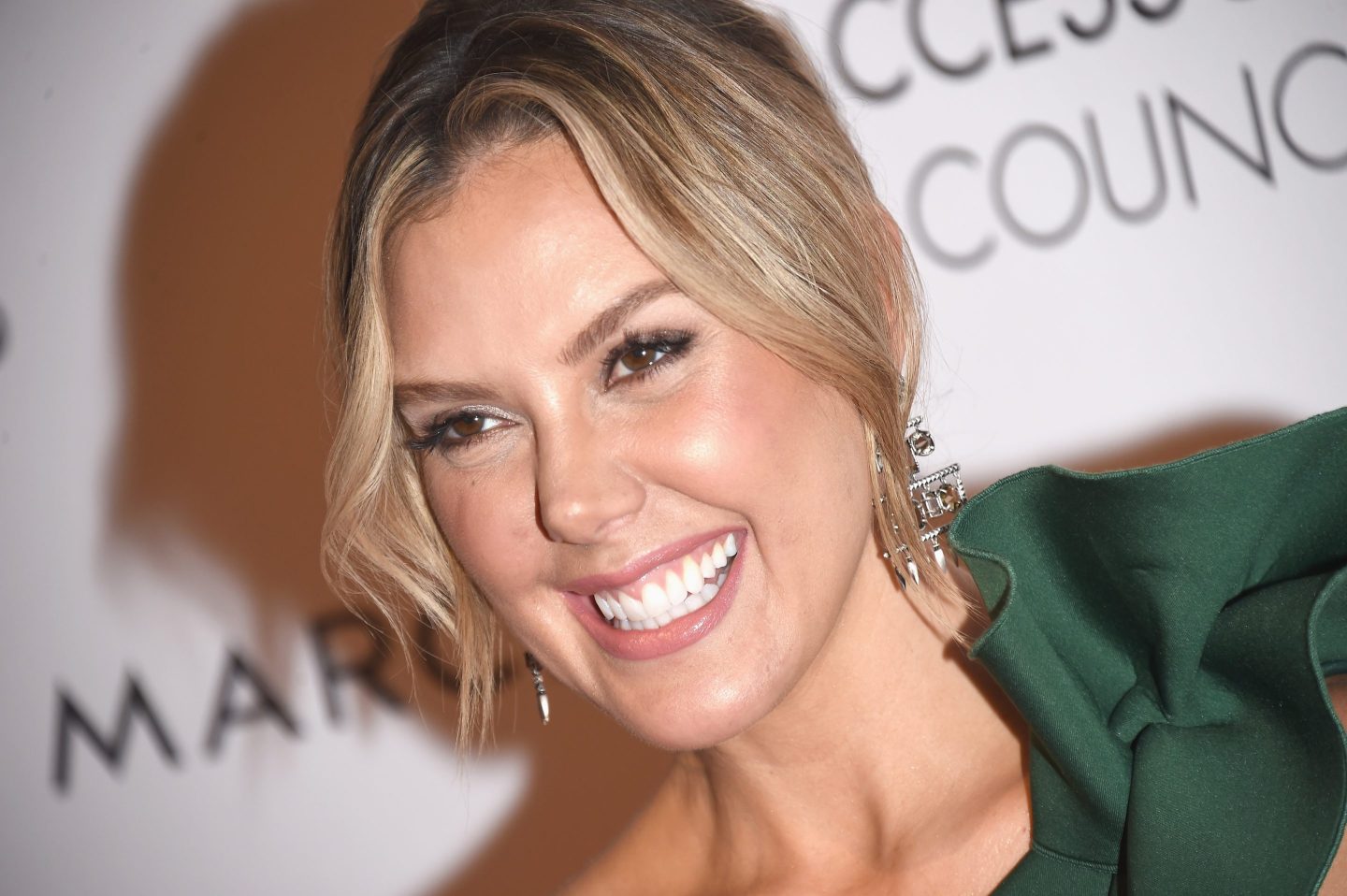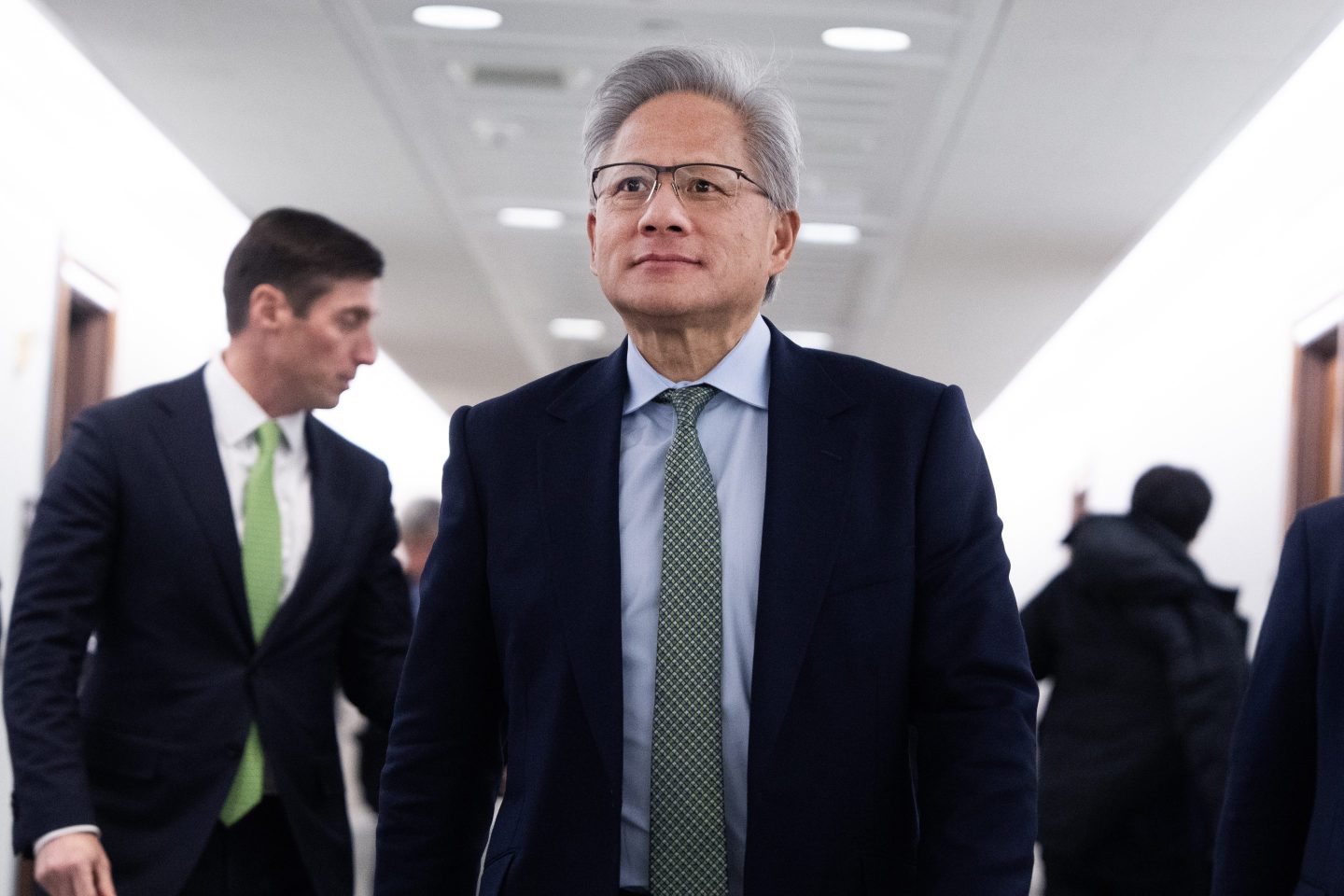When Kendra Scott launched her jewelry business in 2002, she had no investors, no retail experience, and just $500 to her name. What she did have was a spare bedroom in her Austin, Texas home, a newborn baby, and the kind of determination that turns impossible odds into billion-dollar success stories.
“I built it out of my bedroom,” Scott said in a recent interview with The School of Hard Knocks, which has 5.6 million followers on TikTok. “Extra bedroom in my house, on a card table. 500 bucks, baby. That’s it.”
Scott designed her first jewelry collection while pregnant with her first son, hand-wiring each piece with semi-precious stones. For years, she made jewelry as gifts for her friends, but in the retail space, she’d always felt like there was expensive, or low-quality, but nothing in between. So she set out to make high-quality jewelry at accessible price points.
Just three months after giving birth, she put her first samples in a tea box, strapped her infant son into a baby carrier, and walked store to store through Austin, writing down orders from local boutiques.
“He was actually sitting on my lap and went to my first sales calls, going store to store with me. He was my little sales rep,” Scott said. “Babies do sell product, you know, babies and puppies. Bring them on your sales call. It works.”
The early days tested her resolve. At the last boutique she visited on that first sales trip, Scott had to sell all her original samples to buy enough materials to fulfill the orders she had just secured. She sold her car, took out personal loans, and funneled every dollar back into her fledgling business. As a single mother, rent negotiations with her landlord became routine.
“Failure wasn’t an option. I had to succeed,” Scott told Entrepreneur in 2015.
Scott told The School of Hard Knocks she had “a scary relationship” with debt. She said she put up everything she owned up as collateral in order to secure loans. “I knew that if I didn’t make those loan payments or if I didn’t sell the product, I was gonna get that loan called. And that meant I was gonna be B-R-O-K-E,” she said. But that pressure forged discipline. “It made me be a very disciplined business owner. Even today, with a billion-dollar brand, every single dollar we spent, I look at it and make sure it’s gonna work for us.”
Growth after crisis
The 2008 financial crisis nearly brought everything to a halt. Scott’s business had grown beyond Austin, with showrooms in Dallas and New York and partnerships with major department stores. But when the recession hit, wholesalers disappeared overnight and her bank called in a line of credit that would have drained the company. After countless rejections from other banks, she found a lifeline at a local Texas bank, where a female president looked beyond the numbers and saw Scott’s potential.
“She gave me the loan. She kept my business alive,” Scott wrote in an article for Thrive Global in 2019.
That crisis forced a pivot that would define the brand’s future. In 2010, despite having sworn off retail after a failed hat business years earlier, Scott opened her first jewelry store in Austin. It was a hit: Customers could touch and try on pieces freely rather than viewing them behind glass, and they could customize jewelry in real time, choosing from more than 50 styles and 30 stone colors, with pieces assembled on-site within minutes.
“It was unlike any jewelry shopping experience that had ever existed. It was like a nightclub,” Scott told Foundr in 2022.
Lines formed around the block. Revenue exploded from $1.7 million in 2010 to $24 million in 2013. By 2016, when Boston-based private equity firm Berkshire Partners acquired a minority stake in the company, Kendra Scott was valued at more than $1 billion. Scott remained the majority shareholder and CEO—one of only 16 women in the United States at the time to hold the title of founder of a billion-dollar company.
Tom Nolan, CEO of Kendra Scott Design, told Fortune earlier this year the company operates about 150 retail stores with plans to open 25 more by year’s end. The company generates several hundred million dollars in annual revenue, grew 20% year-over-year in 2024, and employs more than 2,600 people—over 95% of whom are women, according to Scott. The company has also expanded its product lines beyond jewelry into fine jewelry, home décor, beauty products, and a new Western-inspired lifestyle brand called Yellow Rose.
Advice for entrepreneurs
When asked about retail’s future, Scott was emphatic. “Oh, honey, retail is so alive. And brick-and-mortar is not dead. Four walls are a place where you build community and build brand awareness. We need human touch. It can’t just be digital, and you’re able to do that in brick-and-mortar. Build brick-and-mortar for experience first. Connection over transaction. The transaction will follow.”
The jewelry business margins, she noted, “are really good. They’re good margins.”
But her most important advice had nothing to do with business strategy. “Leave your fingerprint. You’ve got one chance at this life. Your life is a grain of sand. Make it matter, whatever you do in your life. You have a reason that you are here. You have a reason to affect people in a positive way. Figure out what that is. And if you can do that through business like I’m doing, awesome, but leave your mark.”
You can watch the entire interview with Kendra Scott and The School of Hard Knocks below:
@theschoolofhardknocks She built a BILLION DOLLAR BRAND 🤯 I interviewed @Kendra Scott on how she turned just $500 into a Billion Dollar company! Since she started her business when she was pregnant, I asked her how it was possible! I also asked her about the margins in her business and whether or not she thinks the future of retail is dead. Lastly, I asked her the best advice she’d give to the younger generation. #wealth#entrepreneur#financialfreedom#motivation♬ original sound – The School of Hard Knocks
For this story, Fortune used generative AI to help with an initial draft. An editor verified the accuracy of the information before publishing.













